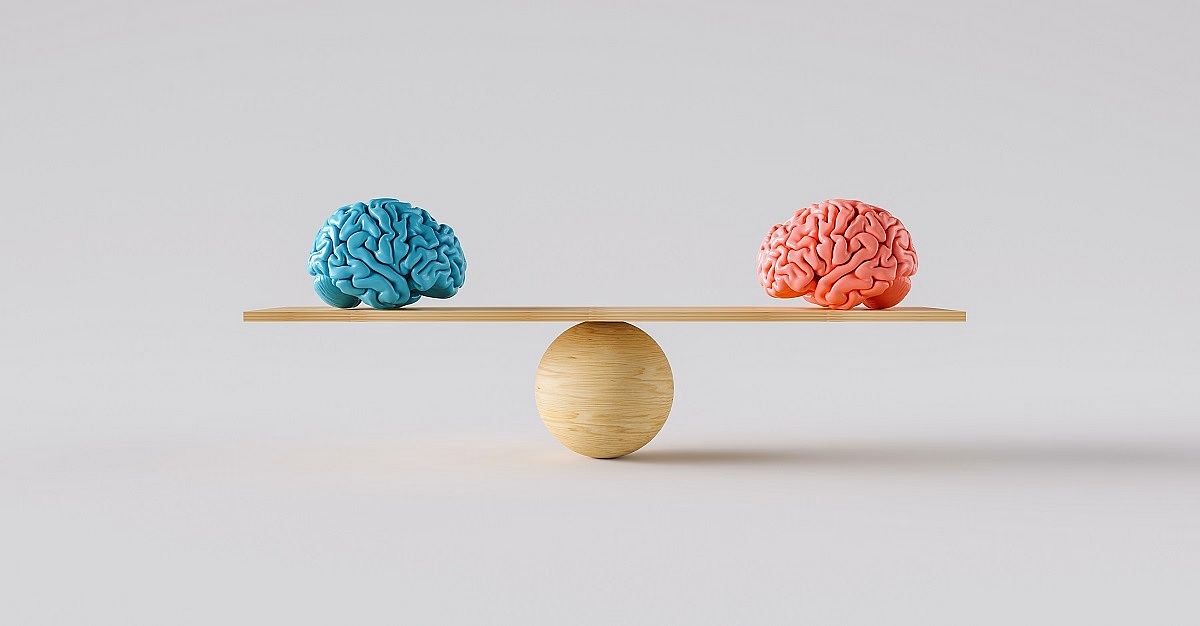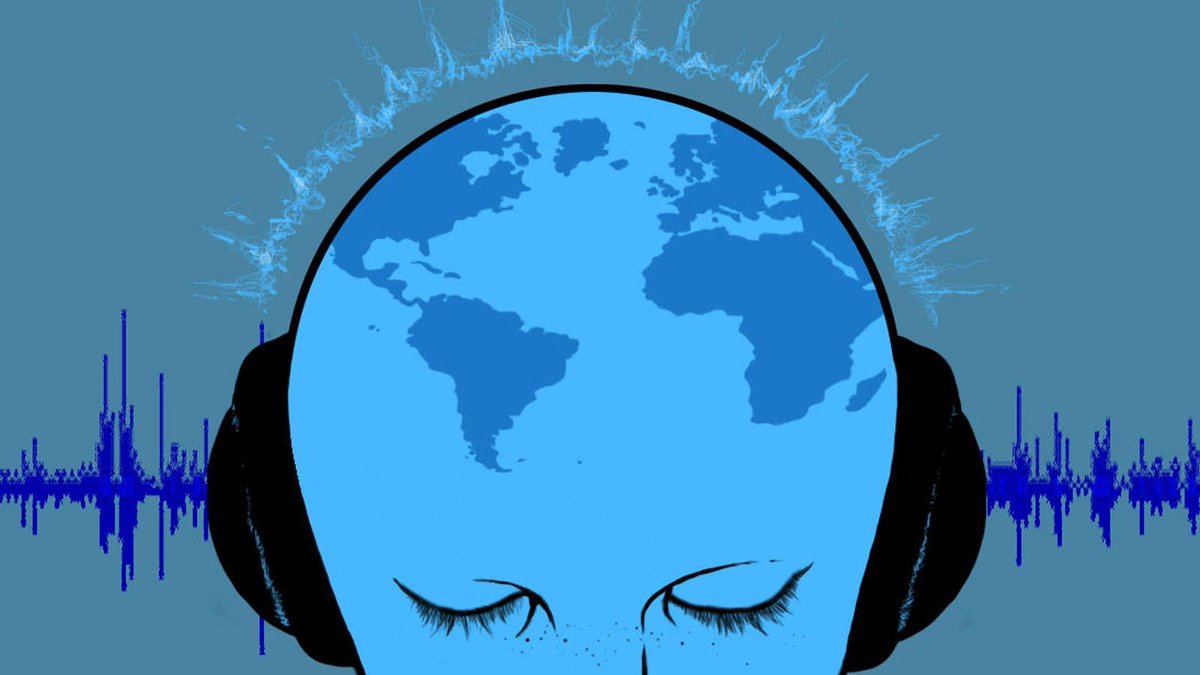he COVID-19 pandemic has raised all our stress levels. A new study has shown why the long-term effects of stress can include hair loss and has even suggested directions for research into reversing this effect.
With the list of long-COVID symptoms growing each day, one surprising figure stands out: nearly a quarter of people who get COVID-19 experience hair loss within the next six months. This likely isn’t a result of the virus worming its way into our hair follicles from our lungs and nose but is probably due to the effects of stress brought on by infection and recovery.
COVID-19 infection isn’t the first stressful scenario to produce this particular response: chronic stress has long been linked to hair loss, but the reason behind the association has been hard to pin down. A new study published in Nature has now shown in detail the molecular events leading to stress-induced hair loss in mice.
Hair today, gone tomorrow
Our hair cycles through several stages during our life – a growth phase called anagen, a degeneration phase called catagen and a resting phase, known as telogen.
In the growth phase, hair follicle stem cells (HFSCs) are instructed to start dividing, a process that, through several stages of differentiation, ultimately leads to the formation of a hair shaft that emerges from our skin. Over the course of the other two phases, growth stops, and the stem cells stop dividing. In this dormant phase, hair eventually falls out, kickstarting a new phase of growth under normal conditions.
In some cases of severe stress, a huge number of cells leap into the telogen (resting) phase at once, leading to sudden hair loss. To study what was provoking this shift, a team of scientists led by senior author Ya-Chieh Hsu, professor of stem cell and regenerative biology at Harvard University, blocked the effects of chronic stress by removing the adrenal glands that produce stress hormones from mice.
This, Hsu tells Technology Networks, provoked an unexpected reaction: “The real surprise came when we depleted stress hormones. Under normal conditions, hair follicle regeneration slows over time – the resting phase becomes longer as the animals age. But when we removed the stress hormones under unstressed normal conditions, the stem cells’ resting phase became extremely short and the mice constantly entered the growth phase to regenerate new hair follicles and hairs throughout their life, even when they were old.”
Without any adrenal glands, levels of the key mouse stress hormone corticosterone had plummeted. When these mice were shaved, their hair follicles hopped into the growth phase roughly three times as often as the cells of normal mice. Nineteen days after being shaved, mice without adrenal glands boasted a fully regrown coat, whilst normal mice were still mostly bald.
When healthy mice were stressed out over a period of several weeks, the researchers noticed that their higher stress hormone levels were accompanied by lower hair growth. Hsu explains that her researcher shows the two are closely linked: “Even the baseline level of stress hormone that’s normally circulating in the body is an important regulator of the resting phase normally. Stress essentially just elevates this preexisting ‘adrenal gland–hair follicle axis’ by elevating the level of stress hormone, making it even more difficult for hair follicle stem cells to enter the growth phase to regenerate new hair follicles.” Having established this link, the authors then used gene editing techniques to reveal the mechanism controlling it.
By editing to selectively delete the receptor that stress hormones signal through in different cell types, the team were able to narrow down exactly how corticosterone was acting on hair growth. Interestingly, the effect was not mediated through the HFSCs, but by fibroblasts called dermal papillae. When corticosterone signaling through these cells was halted, hair growth started running wild in the mice affected.
Diving even deeper, the team showed that a secreted protein called GAS6 was the key player in signal propagation between dermal papillae and HFSCs. Excitingly, the team showed that gene therapies that spread GAS6 among skin cells could overcome the hair-reducing effects of stress.
Therapies for baldness?
Hsu even raised the prospect that, if these findings could be replicated in humans, it might suggest a path to reversing other types of baldness: “Since this corticosterone-Gas6 axis is normally present in the skin – stress only elevates corticosterone even more – and is an integral part of normal hair cycle regulation, it is likely that the pathway can be exploited more broadly as long as the hair loss mechanism is related to extended telogen. In fact, some male pattern baldness can be due to extended telogen as well.”
That remains, however, a big if. Before we start injecting our heads with obscure chemicals prior to our next anxiety-provoking trip to a busy grocery store, the layer of abstraction between mice and humans needs to be considered. In a commentary on the study, Rui Yi, from the Northwestern University Feinberg School of Medicine, pointed out that corticosterone is not present in humans, and study of the equivalent hormone, cortisol, should be the next step.
Yi also noted that whilst the majority of mouse hair follicles rest in telogen at any one time, only 10% of human cells do. If the effects seen in this study are due to mouse follicles moving out of telogen and into anagen, then any corresponding effect on human cells that are not in resting phase to start with might be limited.
Nonetheless, the study has finally provided answers to the puzzling questions of stress-related hair loss, and Yi looks to an exciting (albeit likely distant) future in his concluding comments: “Modern life for humans is inevitably stressful. But perhaps, one day, it will prove possible to combat the negative impact of chronic stress on our hair, at least – by adding some GAS6.”






